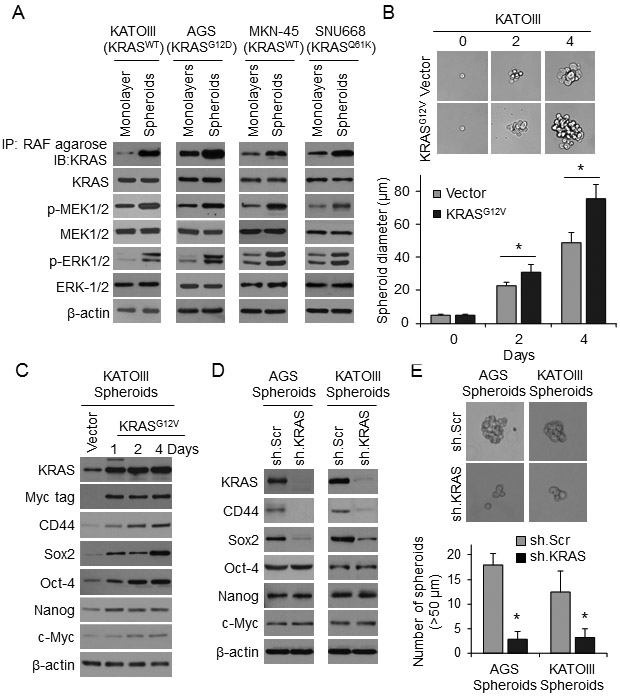Figure 4. RTK-RAS pathway controls CSC phenotypes in human GA-derived spheroids.

(A) Western blots for RTK-RAS pathway proteins in KATOIII, AGS, MNK-45, and SNU668 cell grown as monolayers or as spheroids. (B) Single-cell assay in KATOIII spheroid cells following transduction KRASG12D or Vector. Graph shows diameter of spheroids at selected time points when grown in spheroid formation conditions. (C) Western blot analysis of KATOIII cells at selected time points following transduction of Myc-tagged KRASG12D or Vector in spheroid formation condition for levels of total KRAS, Myc tag, CD44, and self-renewal proteins. (D) Western blot of AGS and KATOIII cells transduced with KRAS shRNA (sh.KRAS) or control (sh.Scr). and grown in spheroid formation conditions for KRAS, CD44, and self-renewal proteins. (E) Spheroid formation assay for AGS and KATOIII cells following transduction with sh.KRAS or sh.Scr. Bars represent standard deviation. *p<0.05 compared to control.
